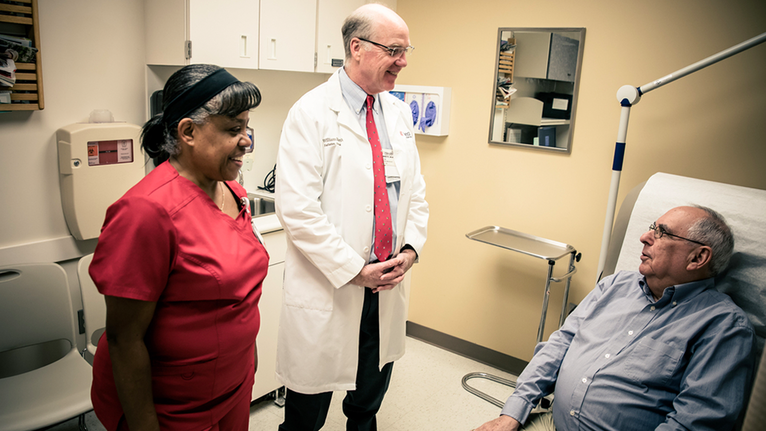Understanding the Benefits of Early Detection
Early detection of prostate cancer through screening can be life-saving. When caught early, prostate cancer is often treatable, and many men can continue to live healthy, active lives. Early detection can lead to more effective treatment options with potentially fewer side effects, and in some cases, may allow for monitoring the cancer without immediate treatment (active surveillance).
Potential Risks and Considerations
However, prostate cancer screening also carries potential risks:
- False Positives: Elevated PSA levels may lead to unnecessary anxiety and additional tests, such as biopsies, which can have their own risks.
- Overdiagnosis and Overtreatment: Some detected prostate cancers may be slow-growing and not life-threatening. Treatment for these cancers, which may never cause symptoms or become problematic, can lead to unnecessary side effects, such as incontinence and erectile dysfunction.
- False Negatives: There's also a risk that screening might miss some cancers, leading to a false sense of security.
Elevated PSA and What it Means
An elevated PSA level doesn't always mean cancer. It can be influenced by other factors like an enlarged prostate (benign prostatic hyperplasia), prostatitis (inflammation of the prostate), age, and even certain medications. Further investigation, such as repeat testing, imaging, or biopsy, is often needed to determine the cause of an elevated PSA.
